NOTE: "...So, is it a cosmic reset? The next phase in human evolution? Is it optimistic, or darkly horrific? The implications aren’t entirely clear, and Kubrick says he prefers to stay away from explaining his movies too neatly. Much like his films’ fans, Kubrick prefers the ambiguity and the many interpretations."
2001: A Space Odyssey: The Monolith’s Meaning, Explained
In Stanley Kubrick's 2001: A Space Odyssey, what does the mysterious monolith mean? Here’s what to know.
"Despite its very science fiction-centered title, the opening sequence of Stanley Kubrick’s 2001: A Space Odyssey (1968) is set in a prehistoric veldt some millions of years before the central story begins. A group of hominins drives another hominin tribe away from their water source. Displaced and searching for a new place to settle, this prehistoric group stumbles upon a strange alien monolith. The towering, geometrically precise structure looks much as it’s described in Arthur C. Clarke’s source material. And, much like in Clarke’s series, the appearance of the monolith aids these human forerunners in an unexpected way.
The monolith, somehow, triggers an evolutionary shift. After encountering the monolith, the tribe learns how to make weapons, allowing them to reclaim their watering hole. Throughout Clarke’s series, the presence of these structures encourages progress, especially in regard to technological development. The same is true in the film, as evidenced by the opening sequence of 2001: A Space Odyssey. But as Kubrick’s film progresses, the monolith’s meaning becomes a bit more complex. So, what is the black monolith’s meaning? Here’s what to know.
What Is The Monolith In 2001: A Space Odyssey?
Distilled into a one-sentence logline, 2001: A Space Odyssey follows the journey of astronauts, scientists, and HAL, a sentient supercomputer, as they journey to Jupiter to investigate an alien monolith. In true Stanley Kubrick fashion, the actual film is much more nuanced and complex. This takes place millions of years following the opening sequence of the film, and comes about as the result of a monolith being uncovered near the lunar crater Tycho. While scientists secretly investigate the alien monolith on Earth’s moon, it is struck by sunlight, causing it to emit a high-powered radio signal.
Much later in the film, when Dr. David “Dave” Bowman (Keir Dullea) is the only surviving crewmember of the Discovery One, he plays a recording the supercomputer HAL had kept hidden about this experience on the moon. Dave learns that his objective is to investigate the radio signal sent from the lunar monolith to Jupiter. Once he arrives, Dave discovers a much larger monolith orbiting Jupiter, and leaves the ship in a pod to investigate.
Immediately, the monolith pulls Dave into a colorful vortex. Strange cosmological phenomena, landscapes, and colors drift by — and then it all stops. Dave finds himself in a bedroom. Standing in the bedroom in his spacesuit, Dave is middle-aged, but, an instant later, he’s dressed in casual clothing, older and eating dinner. Finally, Dave is an old man, lying in bed, when the monolith appears at the footboard. As Dave reaches toward the monolith, he’s transformed yet again. This time, he’s a fetus, floating in an orb of light high above the Earth. So, what does the science-fiction film’s iconic sequence mean?
Black Monolith Meaning, Explained
It’s certainly a memorable ending, rife with unique imagery and layers of meaning. In regard to the film's themes and imagery, Kubrick said in a 1969 interview:
“From the very outset of work on the film we all discussed means of photographically depicting an extraterrestrial creature in a manner that would be as mind-boggling as the being itself.”
After deciding that they couldn’t possibly imagine the unimaginable, Kubrick and co-writer Clarke settled on an artistic interpretation — the monolith. Although rudimentary looking, the monolith has become a much talked-about symbol.
In the same interview, Kubrick shared that the monolith was inspired by the writings of Carl Jung, who believed certain symbols are similar across cultures because they share a place in the collective human unconscious. An archetypal symbol, the monolith from 2001: A Space Odyssey holds near-endless meaning as it looms above humankind. Whether this extraterrestrial entity is merely observing humans or helping them to develop, it’s clear that the ambiguity makes it all the more terrifying and wondrous.
What Did 2001: A Space Odyssey Predict?
A story of the birth of humankind, 2001: A Space Odyssey illustrates hominins’ first interactions with technology — those tools and weapons — as well as humankind’s eventual ability to reach the stars. As a work of hard sci-fi, the film abides by the laws of science, so the space travel actually aligns quite well with what’s known today. For a film that came out during the height of the Space Race, that’s pretty impressive.
But 2001: A Space Odyssey predicted other things, too. While routine luxury space travel hasn’t yet happened, there are a few standout moments in the film when it comes to tech people are familiar with today. In one scene, Dave and Frank have iPad-like tablet devices beside them while they eat. In another scene, Dr. Floyd makes a video call to wish his daughter a happy birthday. There are even TV screens in the backs of the seats of the shuttle Dr. Floyd takes up to the lunar outpost, which is very reminiscent of the personal screens on airplanes today.
And, most prominently, there’s HAL, the supercomputer. Dave grapples with A.I. and machine learning in a way that every character in sci-fi has since — and in a way that today’s society is starting to grapple with it, too.
What Was the Point of Space Odyssey?
There are many ways to interpret the ending of 2001: A Space Odyssey. Although, unlike other directors who keep their ambiguous cards close to their chests (ahem, David Lynch), Stanley Kubrick has provided some insight. During an interview for Japanese audiences, Kubrick explained that Dave was “taken in by godlike entities; creatures of pure energy and intelligence.” That’s what the bold swirls of colors represented.
The director went on to call the neoclassical bedroom a “human zoo.” Like an animal enclosure, the room is trying to mimic a human’s habitat, but it remains inauthentic. And as far as the fetus-containing orb is concerned? Kubrick explains:
“[Dave] is transformed into some kind of super being and sent back to Earth... And we have to only guess what happens when he goes back.”
So, is it a cosmic reset? The next phase in human evolution? Is it optimistic, or darkly horrific? The implications aren’t entirely clear, and Kubrick says he prefers to stay away from explaining his movies too neatly. Much like his films’ fans, Kubrick prefers the ambiguity and the many interpretations."
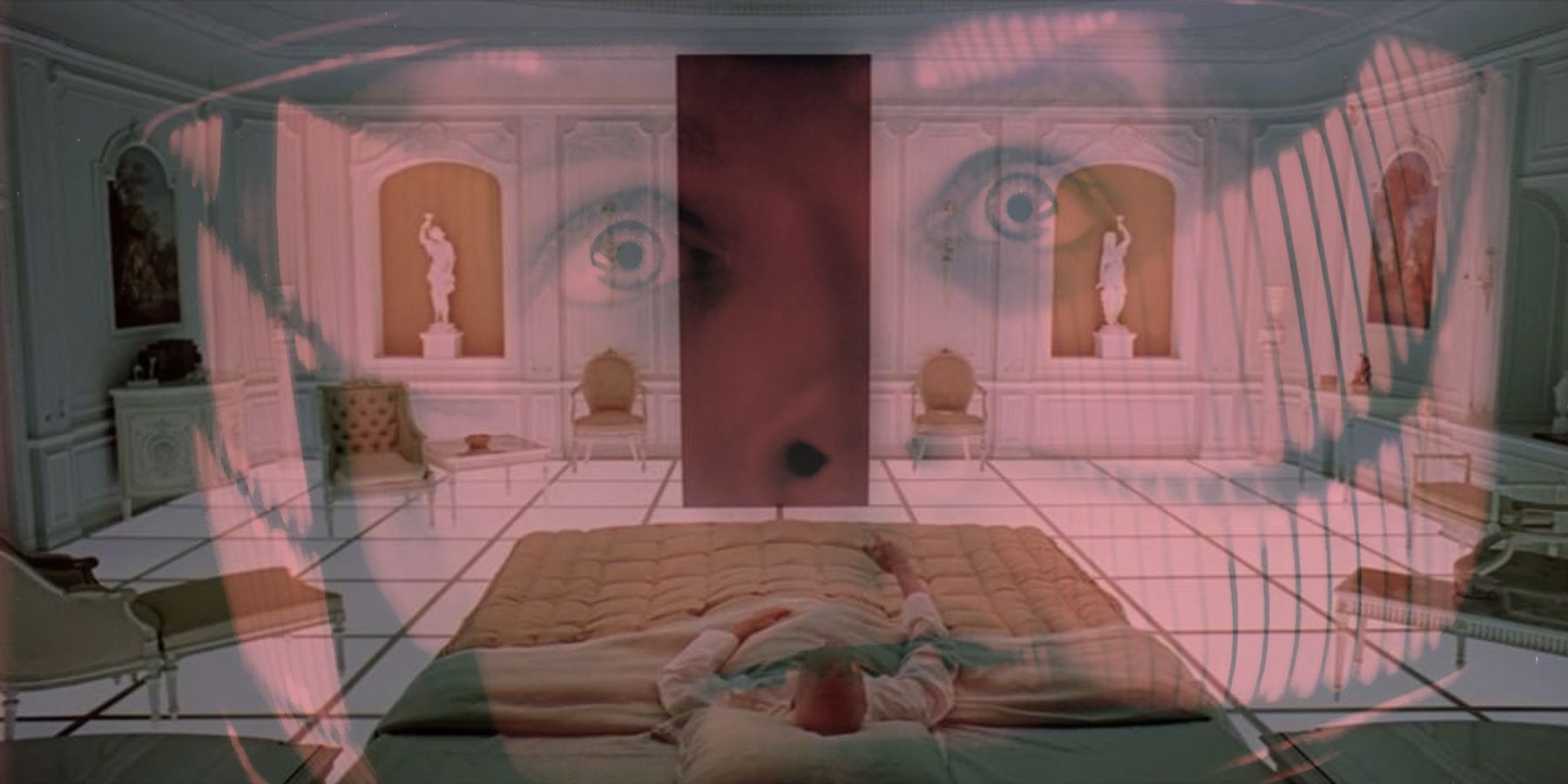
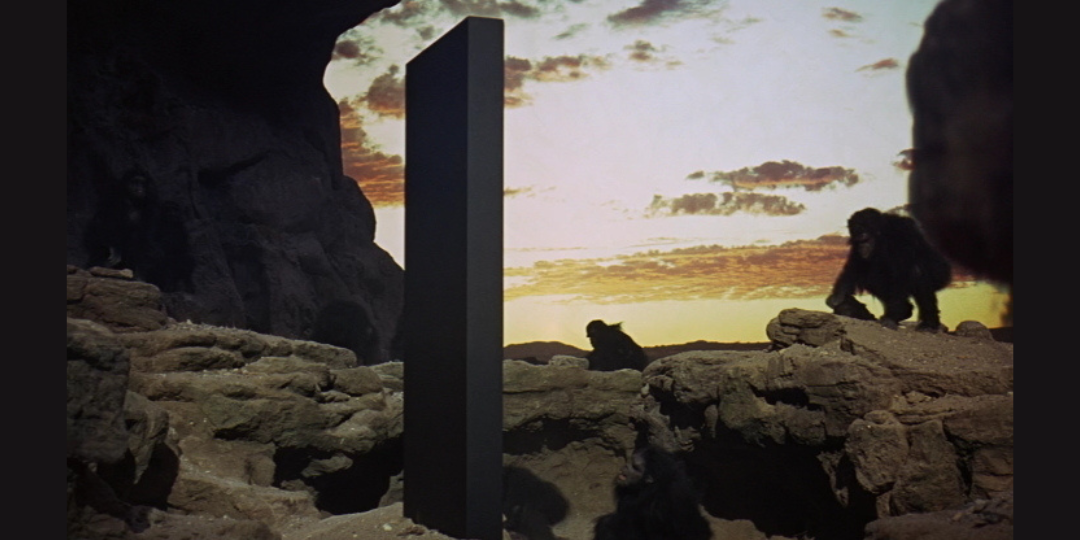
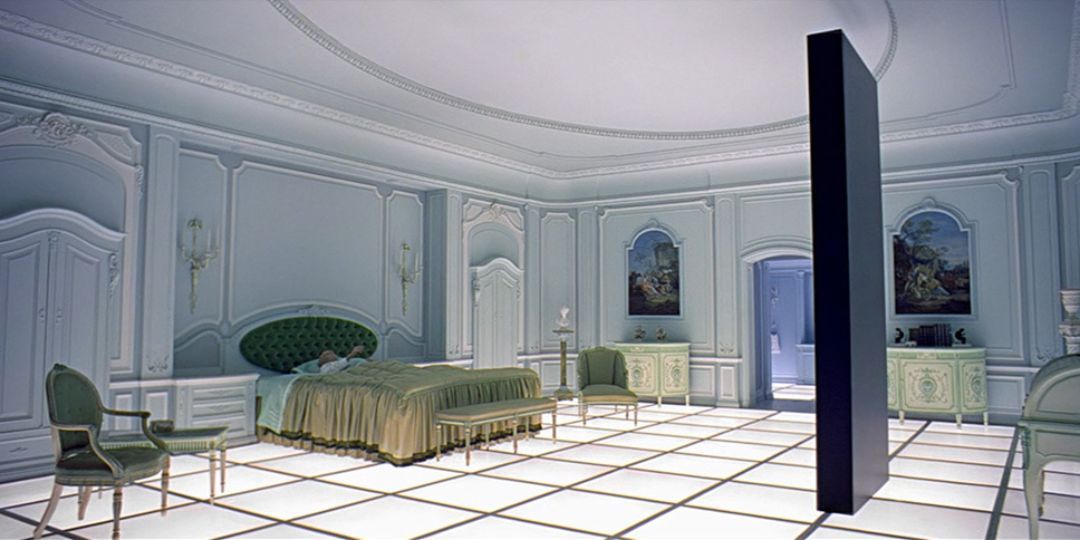
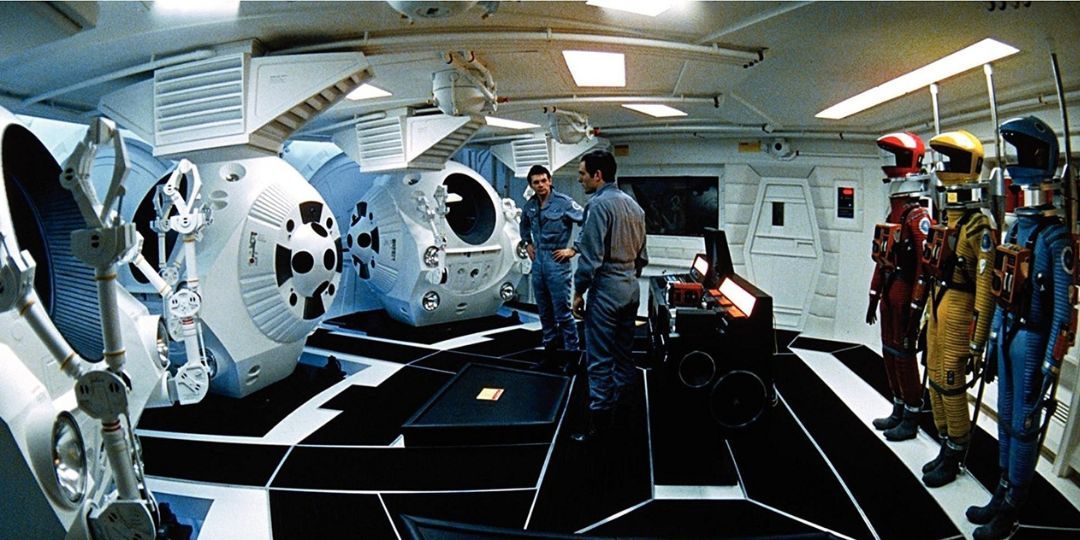
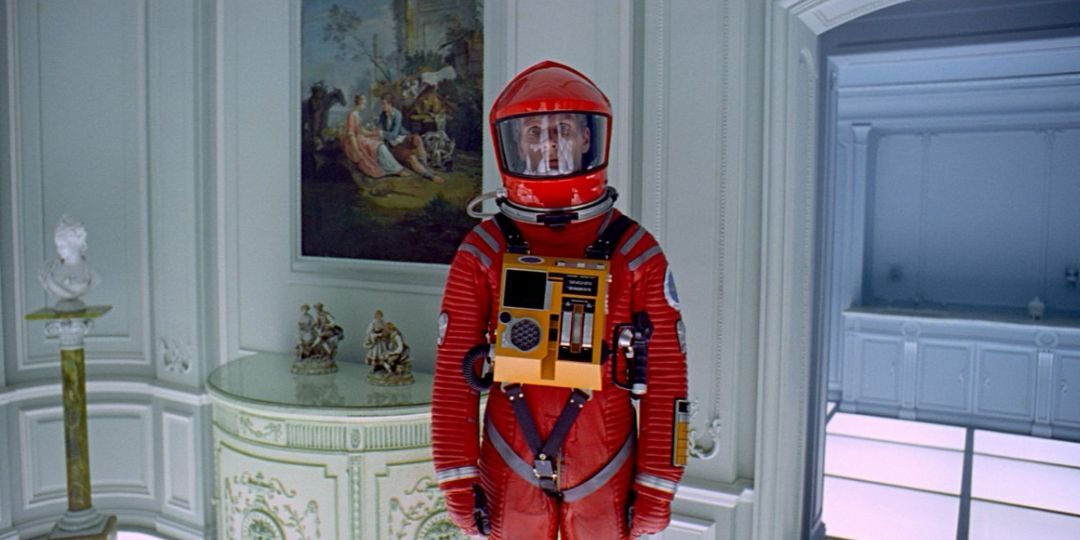


No comments:
Post a Comment